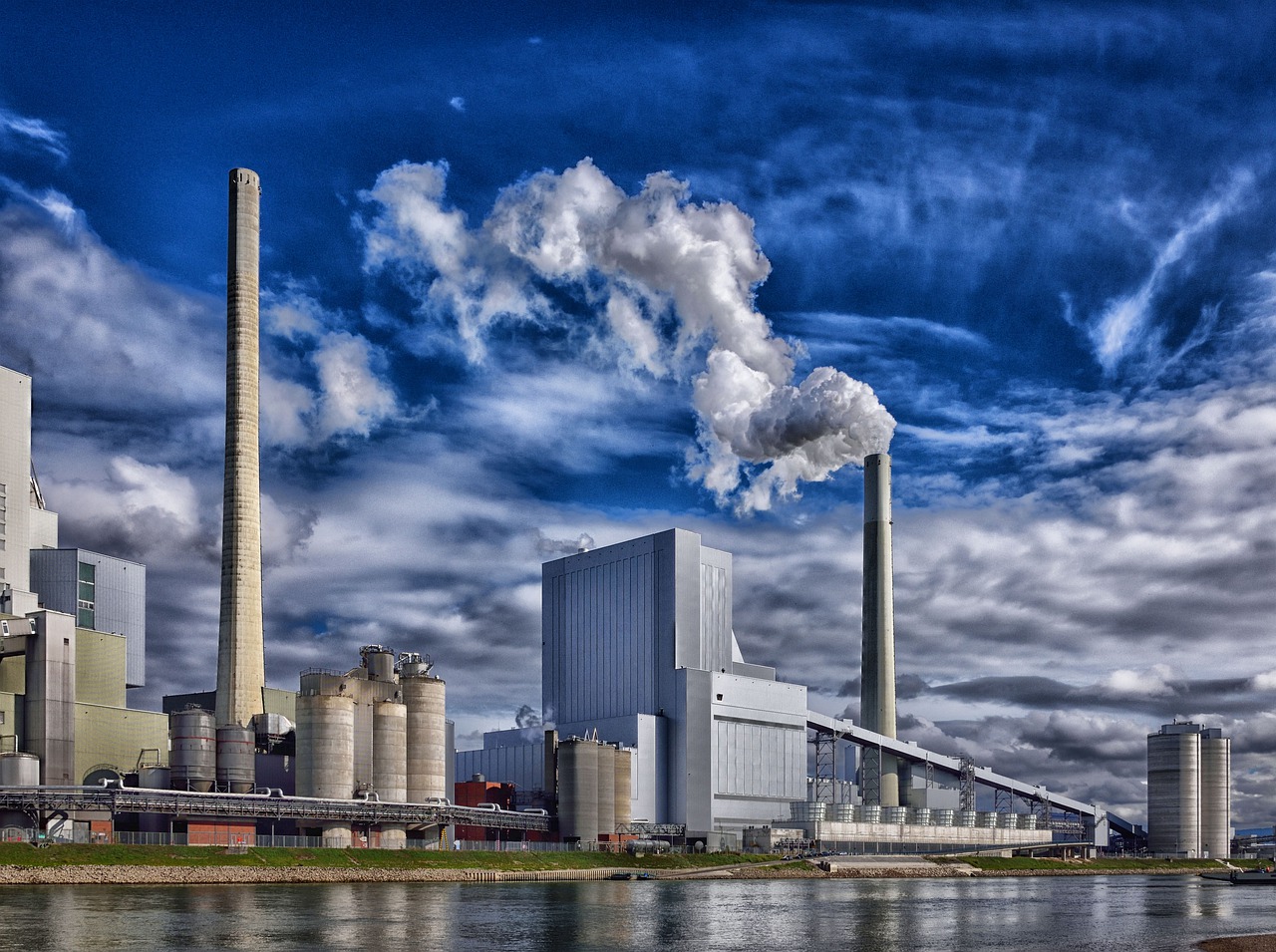Content
As investors consider an acquisition, they must project future movements of this market as it relates to the specific asset. If the space market is expected to yield future increases in rental rates, investors will pay a higher price for the current income stream, pushing the cap rate down. If the space market projects a weak outlook, investors will want to pay less, https://menafn.com/1106041793/How-to-effectively-manage-cash-flow-in-the-construction-business and cap rates will rise. Care must be exercised when applying cap rates to make sure that factors such as inflation, growth rates, and maturity are understood and properly taken into consideration. For example, cap rates calculated by reference to market rates of return are usually stated in nominal terms and therefore include an element representing inflation.
What is considered a good cap rate?
A “good” cap rate varies depending on the investor and the property. Generally, the higher the cap rate, the higher the risk and return. Market analysts say an ideal cap rate is between five and 10 percent; the exact number will depend on the property type and location.
As you can see in the formula for net operating income below, the expenses do not include a mortgage or interest payment. In other articles, I showed how to run the numbers with back-of-the-envelope analysis, including the super-simple one percent rule. But the most well-known rental analysis tool I use is something called a cap rate. A high cap rate is generally caused by a low purchase price or a high NOI. The key is knowing why the cap rate is higher than normal, not rejecting a property because the CAP rate is much higher than average. Although the cash-on-cash return is quick and easy to calculate, it’s not the best way to measure the performance and quality of a real estate investment.
What Is a Good Cap Rate?
Using data from real estate firm CBRE’s U.S. Cap Rate Survey for Qtr 3, 2020,this chart shows the difference in cap rates between markets. The cap rates are for stabilized, infill (i.e. urban), class A apartment buildings in each location. There are other issues with the cap rate that explain why you need to know additional values like the cash on cash return. It will crash if the property was vacant for several months through no fault of the current owner.
Get instant access to all of our current and past commercial real estate deals. There are two notable issues with the implied cap rate in commercial real estate. Overall capitalization rate is calculated as stabilized net construction bookkeeping operating income divided by the fair value of the property. I find a lot of people play with the assumptions of vacancy / repairs. I also see to often they don’t evaluate based on some of the other factors you mention.
Commonly Asked Questions About Cap Rate
The capitalization rate is a profitability metric used to determine the return on investment of a real estate property. For some investors, calculating the capitalization rate is not very useful. This is mostly the case when the investor is interested in using the rental property as a vacation or short-term rental property. It is also not very useful if the investor is simply interested in flipping the property for a profit. The above risk-free rate approach is not the only way to think about cap rates.
- It then becomes important to understand what constitutes a good cap rate for an investment property.
- And let’s say that you made a 20% down payment equal to $30,000 to purchase the property.
- A cap rate is simply the net operating income of a property divided by its purchase price.
- This metric is used to compare different properties and investment opportunities.
- Net operating income is the annual income generated by the property after deducting all expenses that are incurred from operations including managing the property and paying taxes.
Cap rates not only help investors calculate how much they stand to gain, but also how long it will take to recover their initial outlay. For this reason, cap rates don’t necessarily capture the property’s full market potential. To make these analyses more holistic, investors also consider other metrics, like the internal rate of return. While cap rates offer one perspective on the property’s potential, they won’t necessarily provide value in a vacuum. Instead, cap rates are best used as a comparison metric against similar properties.
What is a 7.5% cap rate?
If a property or investment has a 7.5% capitalization rate, that means the owner will likely receive 7.5% of the value in annual gross income. For example, if your investment property value is $300,000, a 7.5% cap rate would give you an annual return of $22,500.
